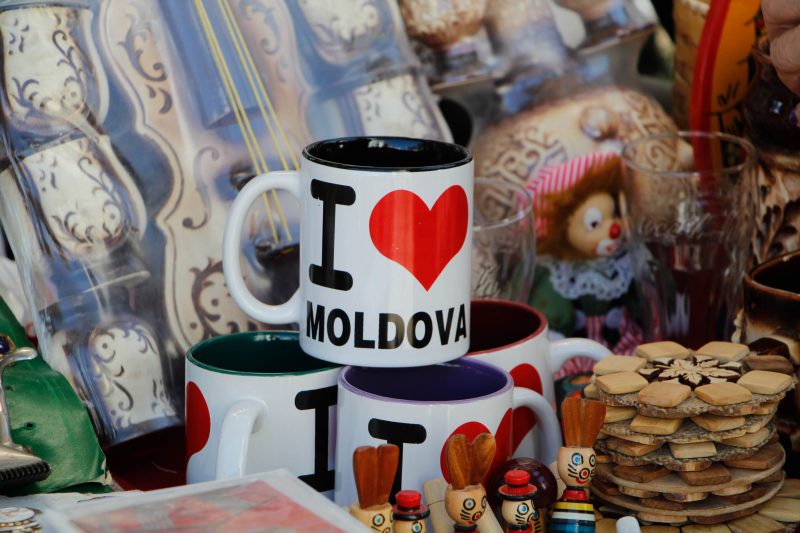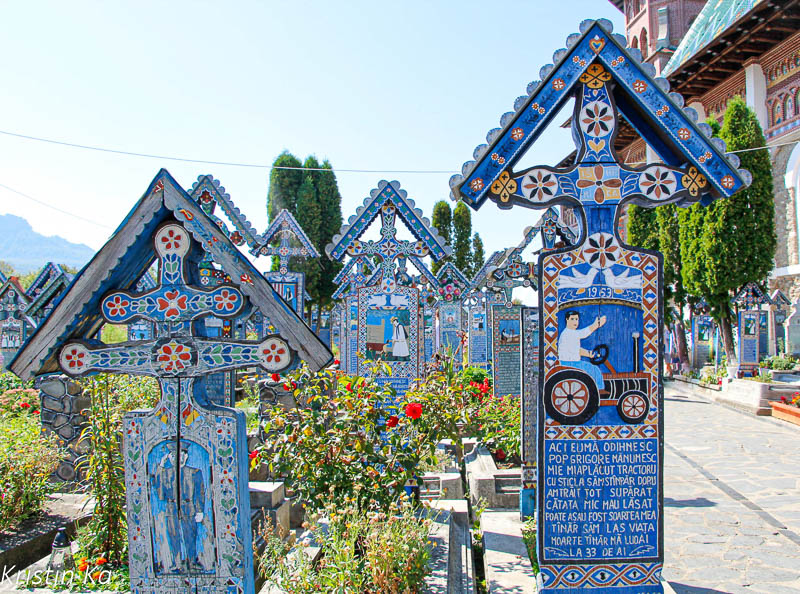Moldavia is not among the top tourist destinations to be honest. It’s not uncommon to hear “Moldova, is it a country?” . And that is a legitimate question. Moldova is also a region of Romania, which lies on the Moldovan border. When you say that you are going to visit Moldova, it is prudent to specify that you are going to visit the Republic of Moldova.
Buna ziua, manumesc Christine, sunt franceza, frumos să vă cunosc ! Hi Moldova!
What is there to visit in the Republic of Moldova?
The country is about the size of Belgium. The capital, Chișinău does not particularly stand out for its splendid baroque, classical or art nouveau architecture like its neighbors.
The city has been destroyed several times: an earthquake first severely damaged the real estate heritage and the assaults of the 2nd World War reduced it (almost) to wastland.
Moldova is a former Soviet republic. The architect of the time, Alexey Shchusev, was pleased to rebuild Chisinau on the model beloved of Stalin.
Fans of big block architecture, heavy domes and proud columns will be served.
Chișinău, the capital of Moldova is not popular for these tourist attractions but it is still interesting to discover
At Chișinău, it is recommended to put on your sneakers, the city is very large. It is 3 km from the Cathedral Park to the Dendrarium. When I explored it, I had the impression that all the attractions were invariably 3km away from each other.
The city does not have a centre as such and it is squared like graph paper. At the end of the day, you will probably have walked 20 km, if not more.
The city is not stunningly beautiful, but it is pleasant to walk around. It has nice parks planted with century-old deciduous trees and countless statues to the glory of Moldavian celebrities. There are refreshing fountains and food-trucks that deliver a famous espresso and donuts (!).
If we push the exploration a bit further, some churches are worth a visit: Saint Teodora with its blue roofs and its funny obese porch and the Schimbarea la Faţă at Mântuitorului, church of the transfiguration.
Discovering Chișinău only for its architecture and monuments might be disappointing. On the other hand, the local market is very interesting. That’s where the Moldavians are! Tomato seller, a lady looking for cheese or a lover of sausages, this is the perfect place to observe them.
What language is spoken in Moldova?
That’s a delicate question. Here they speak Moldovan, which is actually Romanian. But it’s more complicated than that. If the majority speaks Moldovan/Romanian, several languages are used here and recognized as official languages: Russian, Ukrainian, Gagauz, Bulgarian, Belarusian, Armenian and Polish. Many signs, shop fronts, menus, etc. are in Russian. Revise your Cyrillic before you leave, it can help!
Moldavian food and wine
Moldovan cuisine is very good, although repetitive. It presents itself rather quickly in what it has in particular: the mamaliga, a kind of local polenta, the sarmales, stuffed wine or cabbage leaves and the national delicacy, the plăcintă. Plăcintă is a traditional Moldavian pastry looking like a small square brioche, very sweet and very fat, but tasty!
However, for wine, we enter a different register
Moldova has a wine festival (October 7 … and it’s a public holiday) which celebrates a wine tradition dating back over 3000 years. In Moldova, you can also visit a cellar known to be the largest in the world: Cricova. Soooo large actually that it can be visited in a mini car.
Moldovan wines have found their letters of nobility badly damaged by political decisions (investment problems, land converted for the cultivation of corn or wheat, anti-alcohol campaign …). They are now recognized in the world of wine and appreciated by amateurs.
In order to boost this market, the state no longer classifies wine as an alcohol, which allows any advertising and be sold at night without constraint. These measures to protect winegrowing entail a major inconvenience: 1 person in 4 dies from alcohol in 2018.
Beware, here booze is serious and incredibly cheap.
Moldavia on the nature side
Apart from its capital and a few industrial-looking cities, the area is very wooded. Moldova has a number of forests, parks and reserves available to hikers. There are also monuments that survived the bombing, ancient villages, medieval cities and restful monasteries.
Meeting the Moldovans
Moldovans are not easy to approach. Not all of them speak English and contact is not really easy. The Soviet years undermined their spontaneity and it is not uncommon to suffer a suspicious look in response to a smiling question (Soviet heritage: affability was the characteristic of spies).
Moldovans don’t really appreciate photos, even if it is their potato stall. This country is not really open to tourism and one could be happy about that if relations were warmer. Culturally proud, the inhabitants do not stoop to welcome the curious traveller. In order to conquer this people, you have to show your determination and master the language a little.
Moldavia deserves itself. It is not so that difficult and its exploration will be all the more authentic.
Multumesc Moldavia, la revedere !

